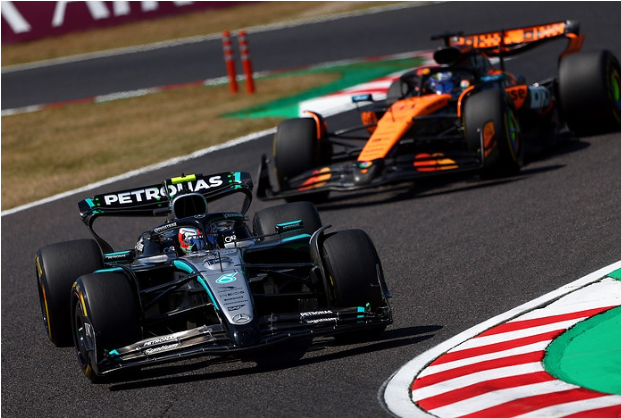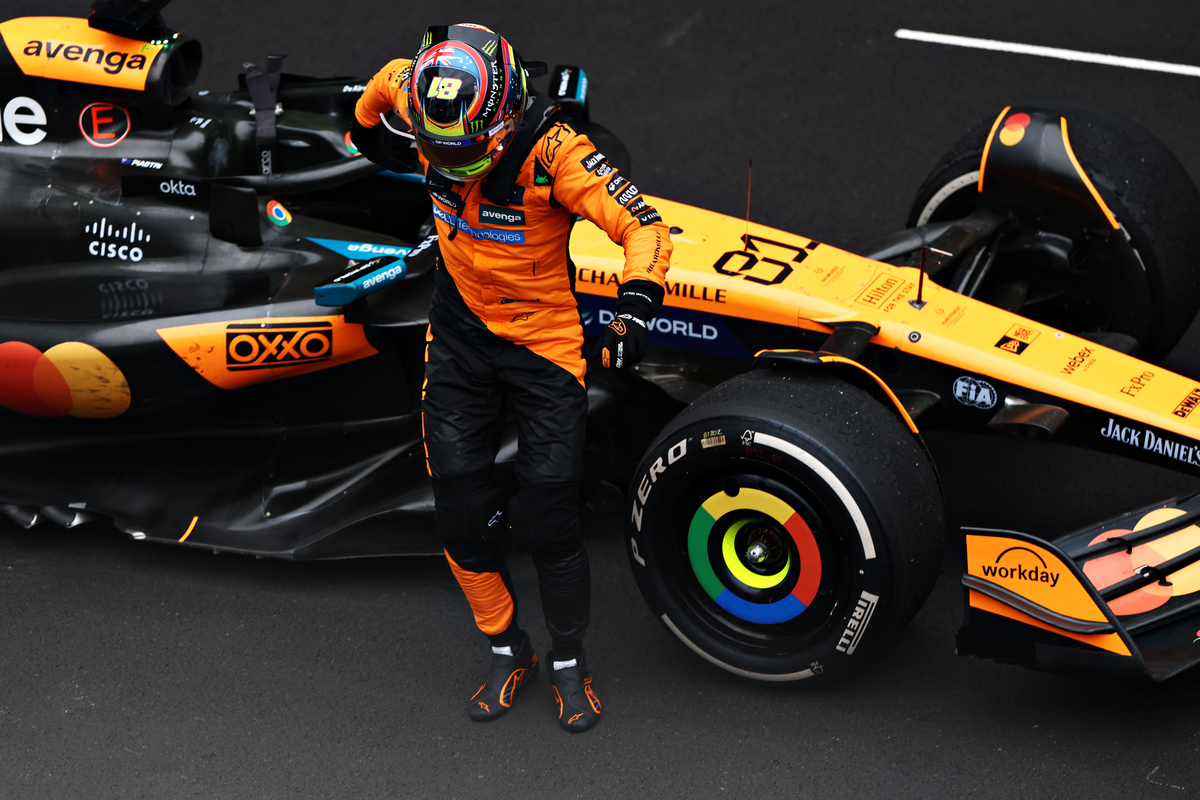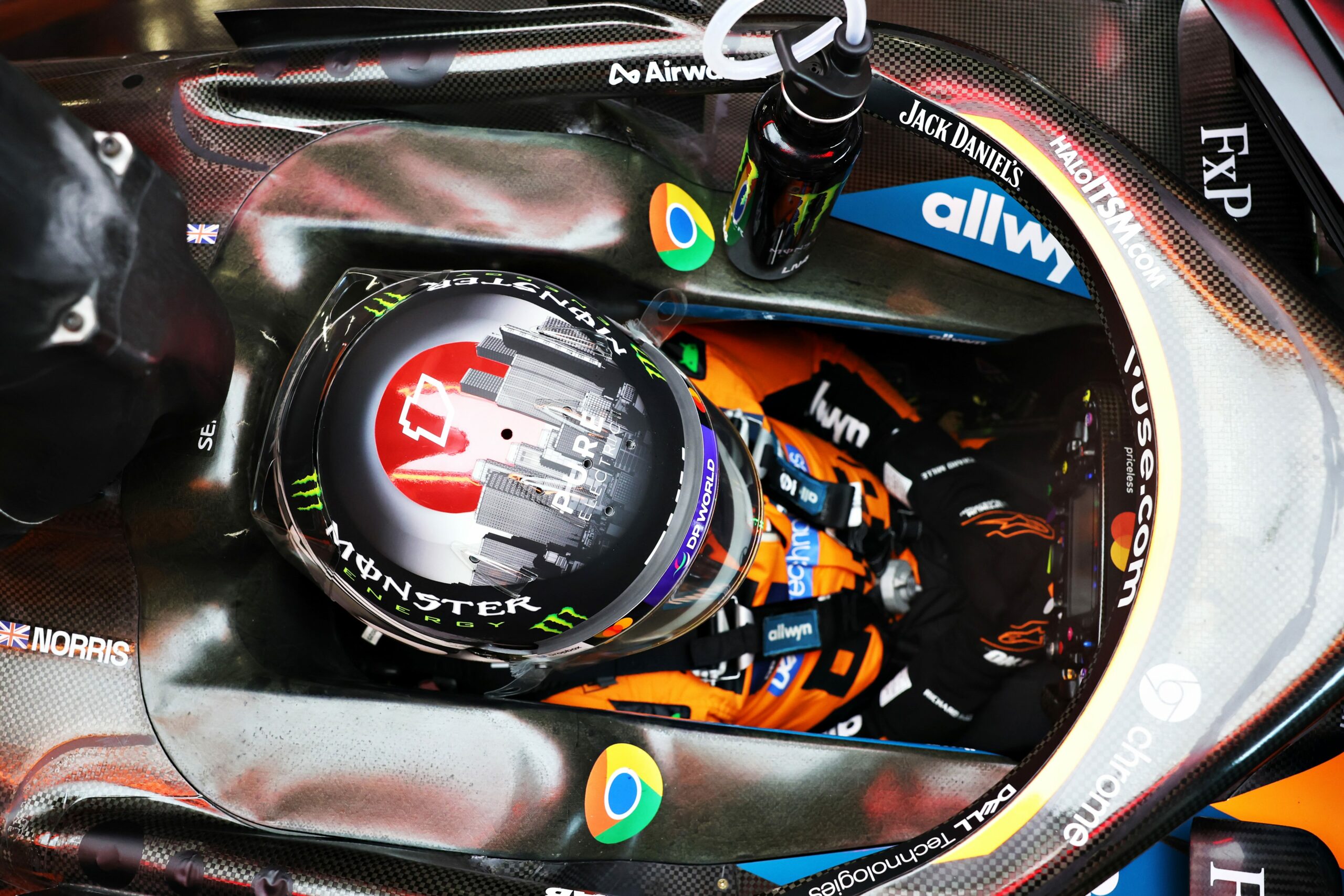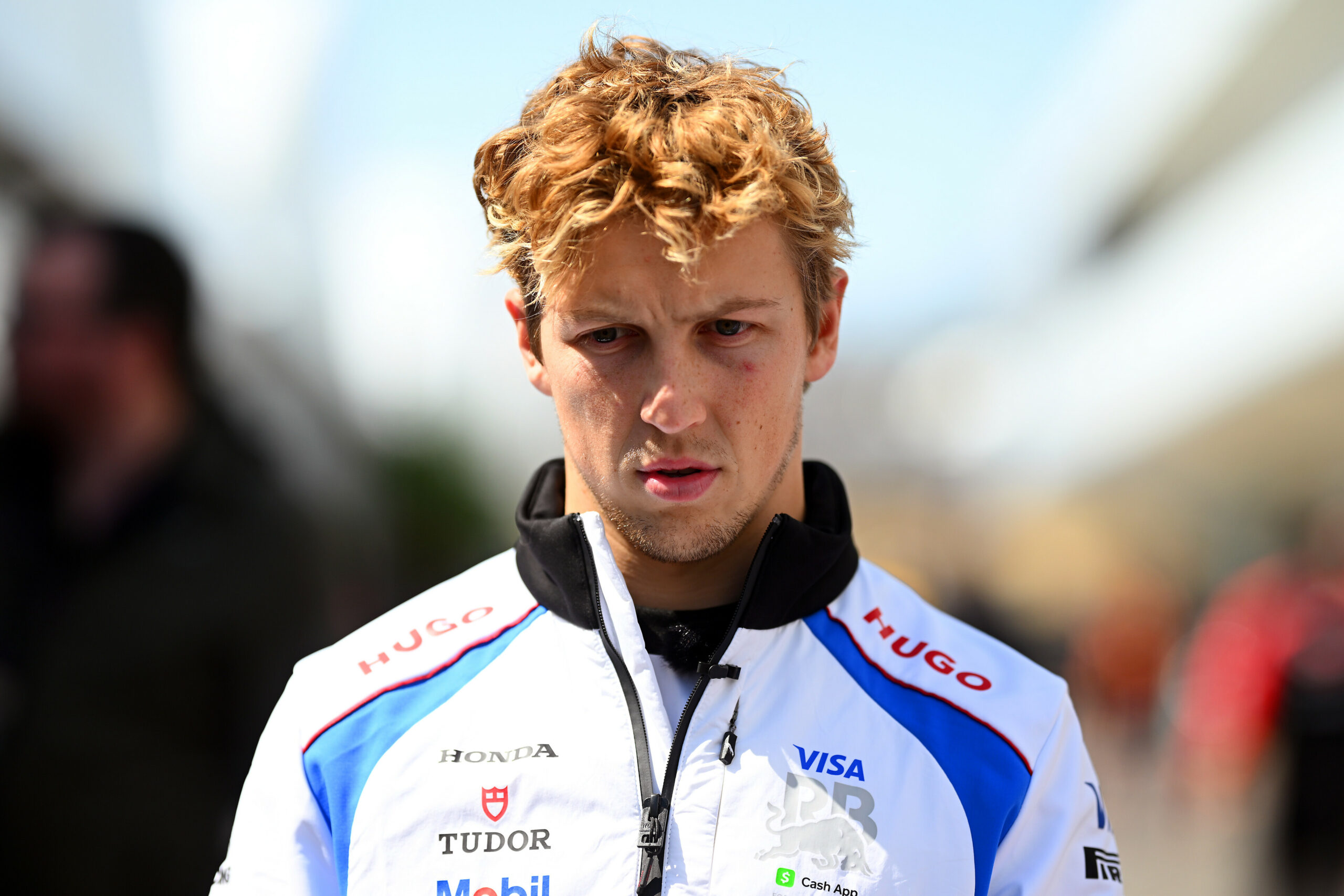George Russell has severely hit back at claims from former Formula 1 drivers that the current grid’s struggles with heat and humidity at the 2023 Qatar GP was simply down to a lack of fitness and preparation, and has responded saying the current F1 cars can be up to “20 seconds a lap faster” than those raced in the 80’s and 90’s.

Photo Credits: Mercedes AMG Petronas F1 Team
Most drivers struggled with the extreme conditions on race day in Qatar, with Logan Sargeant even retiring his Williams as he was feeling unwell. Esteban Ocon reported he vomited under his helmet during the race, whilst several drivers are reported to have suffered from heat strokes and were passing out following the 57-lap race in Lusail – which saw ambient temperatures north of 31 degrees Celsius and humidity in excess of 80%, which created this dangerous situation for the drivers – in what is one of the most high-speed, high-demand circuits on the calendar.
But some former Formula 1 drivers weren’t convinced that the conditions in Lusail were as extreme as the drivers reported, with former Ferrari driver and 10-times a winner in F1 between 1986 and 1997, Gerhard Berger put the drivers’ struggles down to “simply a question of fitness” that could be resolved with better training:
“It was the same for us. This time, the boys seem to have pushed themselves to the limit, but it’s simply a question of fitness,” Berger told ServusTV. “If you’re in great shape, you won’t get sick. It’s a fitness problem and a circulatory issue.”
Martin Brundle, a nine-time podium finisher who raced roughly at the same years as Berger and is now a commentator for Sky Sports, made a post on X (formerly known as Twitter) after the race defending that the drivers should race on despite the extreme conditions, and said it is a “weak view” that they shouldn’t face these sorts of challenges throughout their time in F1:
“It’s races like Qatar and very rainy days which make F1 drivers look the heroes and athletes they are,” said Brundle. “Absolutely don’t buy into the weak view we shouldn’t put them through this kind of challenge. Check out [Ayrton] Senna in Brazil [1991], [Jackie] Stewart at rainy Nurburgring, [Niki] Lauda post-crash [Monza 1976], etc etc.”
When asked about these claims, one-time grand prix winner and current Mercedes F1 driver George Russell passionately responded, saying he “substantially trains” for very hot races, and pointed out that the modern cars can run up to “20 seconds a lap faster” than what was being achieved in the time of Brundle and Berger:
“Well, what I can say is I train substantially for the heat,” he responded. “I train in three layers of clothes ahead of these hot races. I do a huge amount of saunas to adapt to the heat.
“These guys who are commenting on this, we are driving laps 20 seconds a lap faster than they were, in the corners pulling 5G, every single aspect.
“Of course, we need to be gladiators, but when it comes to the heat there’s only so much the body can take.”
The Briton cited how the Football World Cup that took place in Qatar just under a year ago took some containing measures to protect players and staff on the pitch, questioning why F1 drivers were then asked to drive for over 90 minutes on a very demanding circuit, and given the conditions of heat and especially humidity, without any breaks:
“And if you take the contrast of the Qatar World Cup due to the heat, they added three-minute water breaks twice throughout the game. They have that 15-minute halftime break, and we were driving flat out for 90 minutes on a super high-speed circuit, high downforce circuit with temperature and humidity that were horrific,” he said. “I know from the drivers, some drivers who suffered from heat stroke were ill for the week following as well.”
The Mercedes driver pointed out that the measures for fireproof protection since Romain Grosjean’s fiery accident at the 2020 Bahrain GP have made the suit and underwear “thicker”, thus containing more heat than ever, along with the increased number of electrical boxes and hydraulic lines required to run these modern machines:
“Anybody can say what they like but also the race cars in the 90s and 80s didn’t have all the electrical boxes around the cockpit, heating the cockpit up, and they didn’t have the power steering system that was running at 50/60 degrees radiating heat.
“We have hydraulic lines running all around the cockpit which is at 120 degrees, so the cockpit was closing in on 60 degrees Celsius throughout that race and we have thicker fireproof underwear than they ever wore, since the [Romain] Grosjean crash, the fireproofs are substantially thicker, so it’s like wearing a fleece.
“So, people can say what they like, things are different now, [the] same way things were different 40 years ago.”
After the race in Lusail, the FIA said it will investigate the matter and look for solutions to avoid a repeat of these extreme conditions in the future. Russell is glad the governing body is taking measures, and said that whilst heat issues were at their highest there, they are not exclusively around Qatar, meaning measures have to be considered as it is no ‘one-off’ throughout the calendar:
“A good thing is the FIA have recognized the issue and it’s not just in Qatar, it’s many, many races, you’re limited by the heat,” Russell noted. “As I said, since the Grosjean crash, heat has been much more of a factor because suits and the fireproofs are just so thick, to withstand additional fire resistance. I think we’re looking at ways of cooling the seat in one way or another.”




